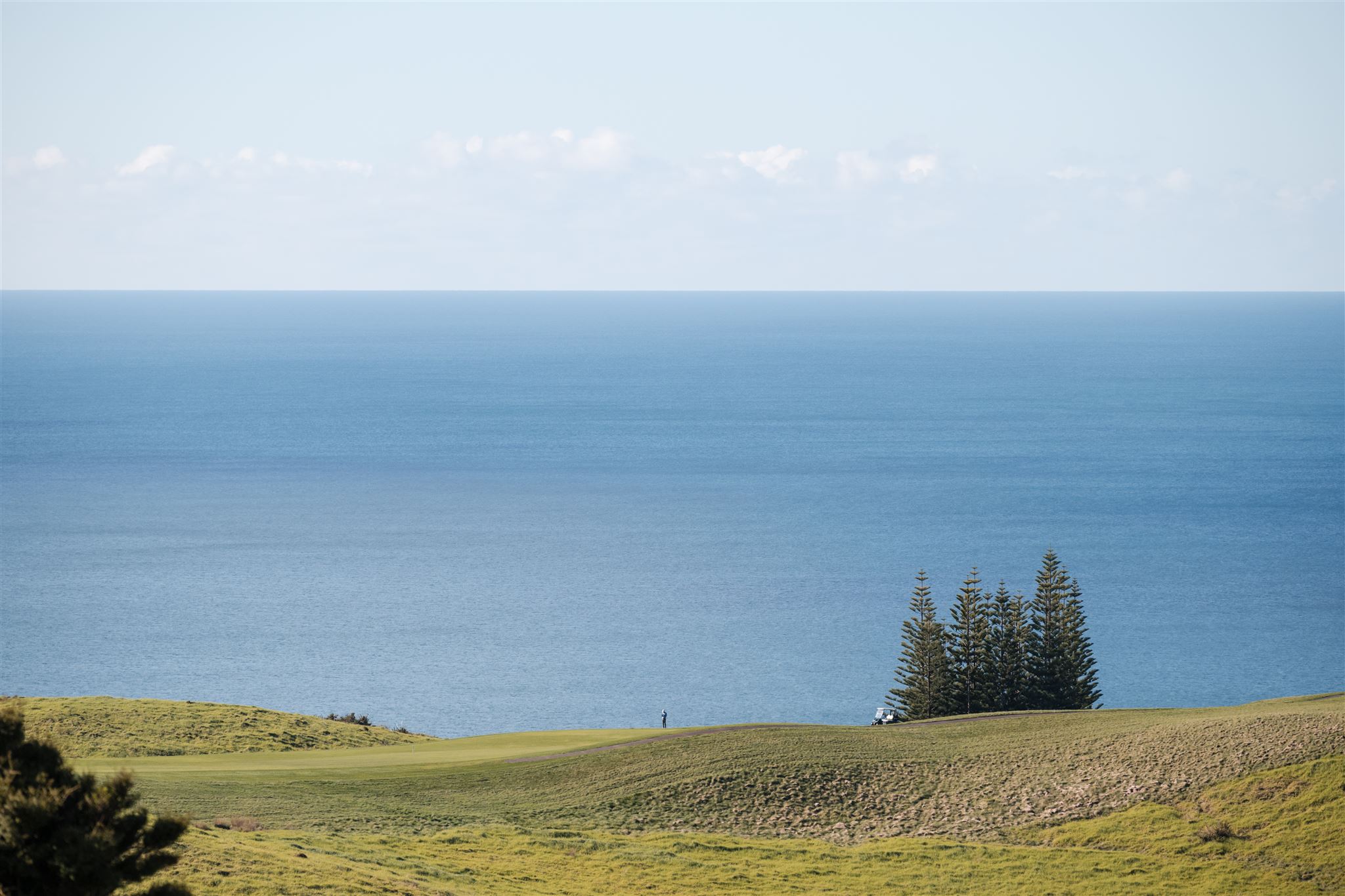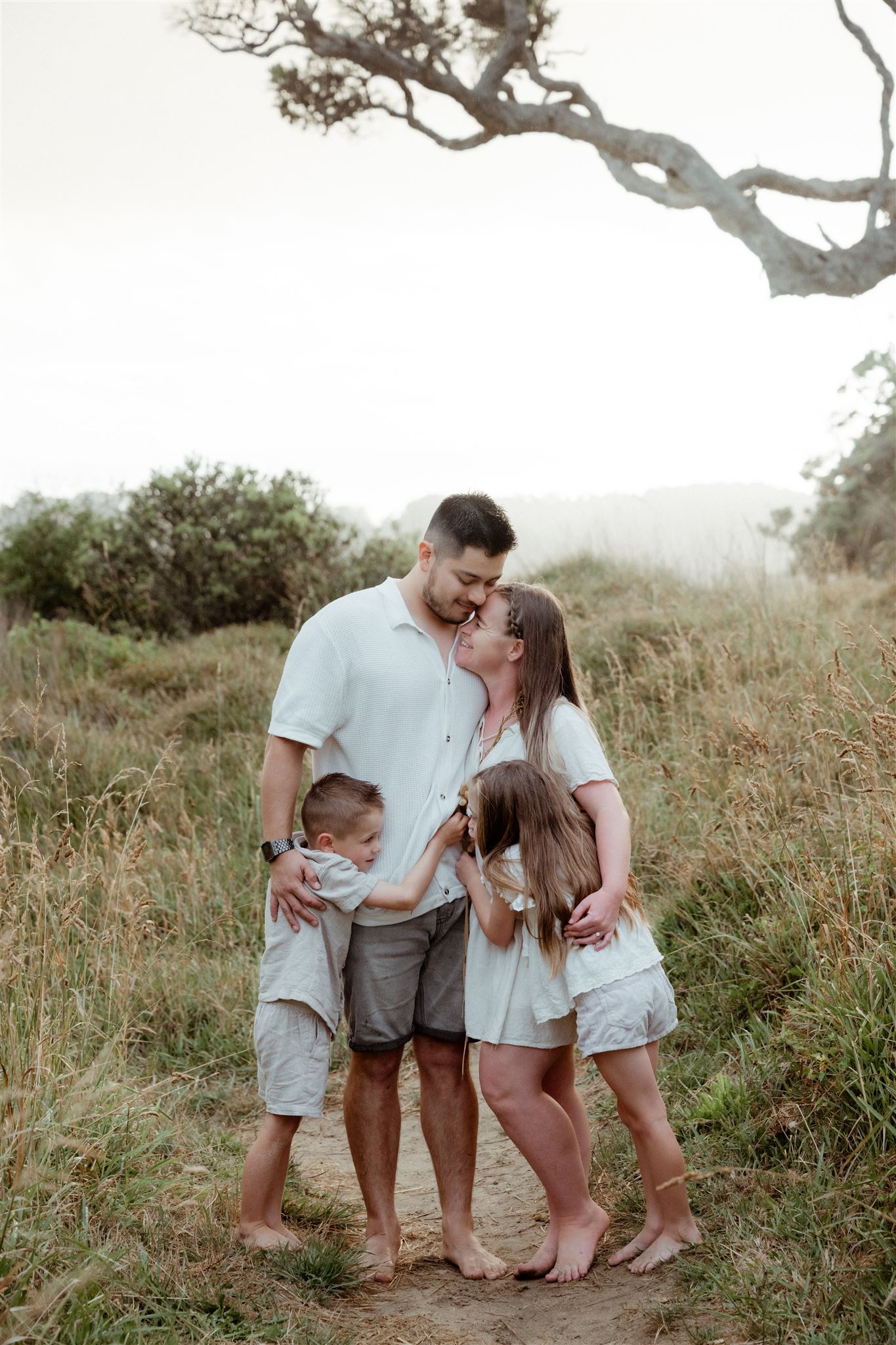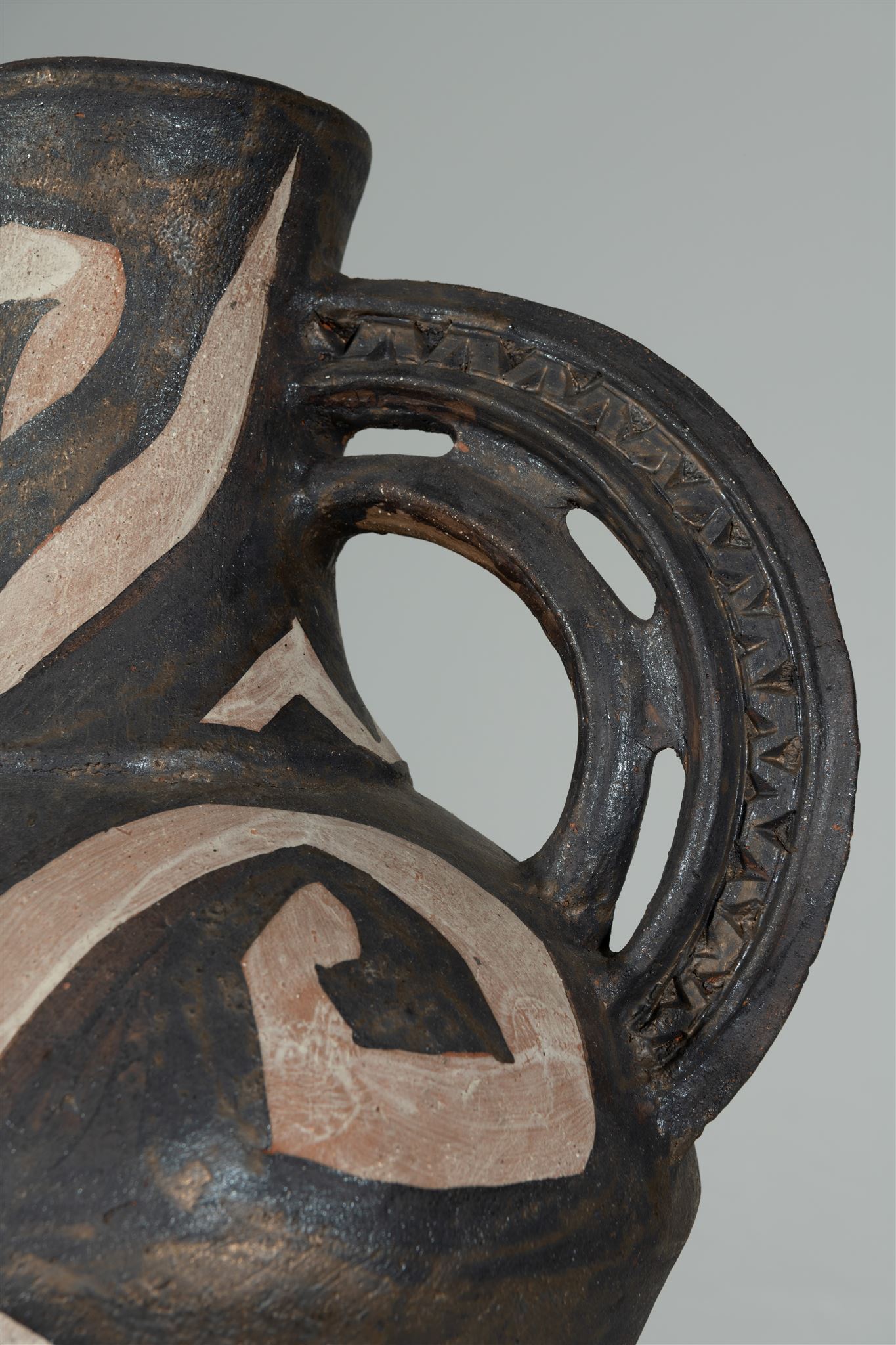
What Is Image Licensing? – A Guide for NZ Brands & Businesses
If you’re working with a photographer for your brand, whether it’s for a website refresh, a social media campaign, or new marketing materials, you’ve probably heard the term image licensing.
Let’s talk about what that really means, in simple terms.
When you book a commercial photography session, you’re not only paying for the time spent shooting and editing. You’re also investing in the right to use the photos that we create together. That right is called licensing.
Licensing isn’t meant to sound intimidating or overly formal. It’s simply a way to make sure we both understand where and how your images can be used. You get clarity, and I make sure the photos are being used in the way we agreed.

Who Actually Owns the Photos?
Under New Zealand copyright law, photographers automatically hold the copyright to their work as soon as they click the shutter. Copyright means the exclusive right to copy, distribute, or modify the work.
That’s why professional photographers include clauses in their contracts to make this clear from the start. It protects both the photographer and the client by outlining how the work can be used and who owns what.
There can be some exceptions to this, for example, when a photograph is purely documentary, such as when an artist hires a photographer to capture a flat, factual image of a painting for reference or reproduction. In those cases, the artist may hold copyright for that specific image, as the creative input from the photographer is minimal.
For most creative and commercial photography, however, the photographer retains copyright. This covers everything from lighting and composition to creative direction and editing. The client is then granted a clear licence to use the images in the ways agreed upon in their contract or invoice.
This approach keeps things straightforward. You can use the images freely within the agreed terms, and I maintain responsibility for how the work is distributed or reused.
What You’re Paying For
When you hire a photographer, you’re paying for three things:
- The time and skill that go into creating your images.
- The editing and post-production work.
- The right to use the photos in specific ways that suit your needs.
That third part is what licensing covers. It outlines where, how, and for how long you can use the images.
For example, if we create a set of brand photos for your website and social media, the licence would likely include web and social media use. That covers your website, Instagram, Facebook, LinkedIn, and other similar platforms.
If, later on, you decide to print flyers or launch a billboard campaign, that’s a broader use. Your existing licence can be updated or expanded to include those new uses, and you don’t need a new shoot, just a new licence that matches your project’s reach.
Typical Usage Rights
For most small businesses, creatives, and organisations across Whangārei and Northland, my standard licences usually include:
- Web and social media use: You can feature your images across your website, social channels etc.
- Internal business use: You can include your photos in internal presentations, reports, or documents.
- Print marketing (by arrangement): If you need printed materials such as brochures or flyers, we can include that in your licence.
Each licence can include different terms based on your project needs. It might be exclusive or non-exclusive, transferable or non-transferable, perpetual or for a defined time period. These details are set out clearly so you understand exactly how the images can be used. The structure of the licence also reflects the scale and scope of your project, helping us find the right balance between flexibility and fair value for both sides.

Why Licensing Matters
Licensing protects both sides. It ensures that you can use your photos confidently without worrying about overstepping any legal boundaries, and it helps me protect my creative work from misuse.
It also keeps things simple for you. When everything is written down, there’s no guesswork about whether you can post an image, share it with a collaborator, or include it in a printed campaign. Clear licensing gives you the freedom to focus on your business, not the fine print.
From my side, it ensures that my work isn’t used out of context or by third parties who haven’t been granted permission. For example, if another company wanted to use your photos in their own marketing, they’d need approval first. That’s what makes licensing such an important safeguard. It keeps your visuals professional and ethical across every platform.
Updating or Extending Your Licence
As your business grows, your needs might change. You might start with a digital licence and later want to include print advertising, packaging, or large-scale displays.
That’s completely normal, and it’s easy to update your licence to cover new uses. It’s similar to expanding a subscription or upgrading a service plan. You only pay for what you need, when you need it. This keeps things flexible and fair for everyone.
In Short
Licensing isn’t about creating red tape. It’s about clarity, confidence, and respect for creative work. It means you can use your images in the ways that suit your brand while knowing everything is done properly under New Zealand law.
If you’re unsure what kind of licence you need, just ask. Whether you’re a small business owner, a creative startup, or part of a larger team, I’ll walk you through it step by step.
Great photography should come with understanding, not confusion, and that’s exactly what image licensing is for.

.jpg)


.jpg)
.jpg)